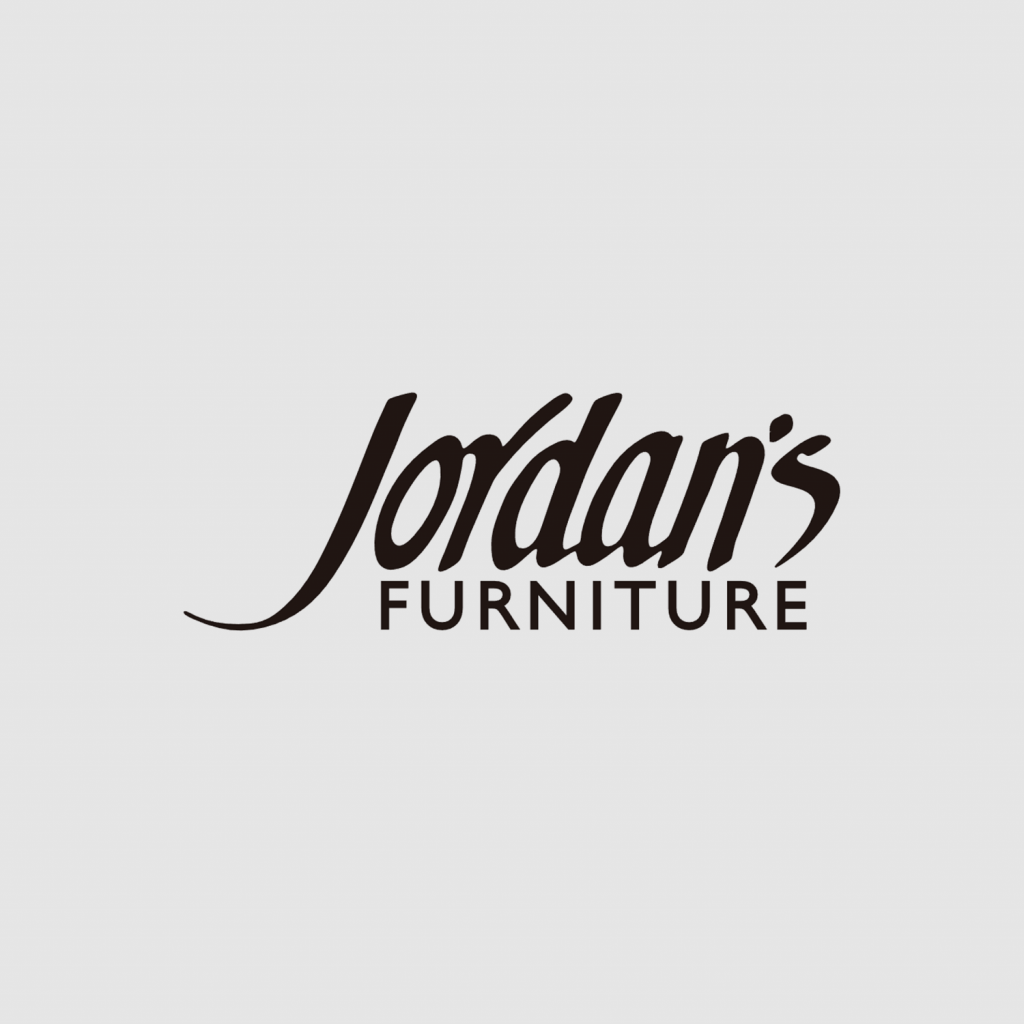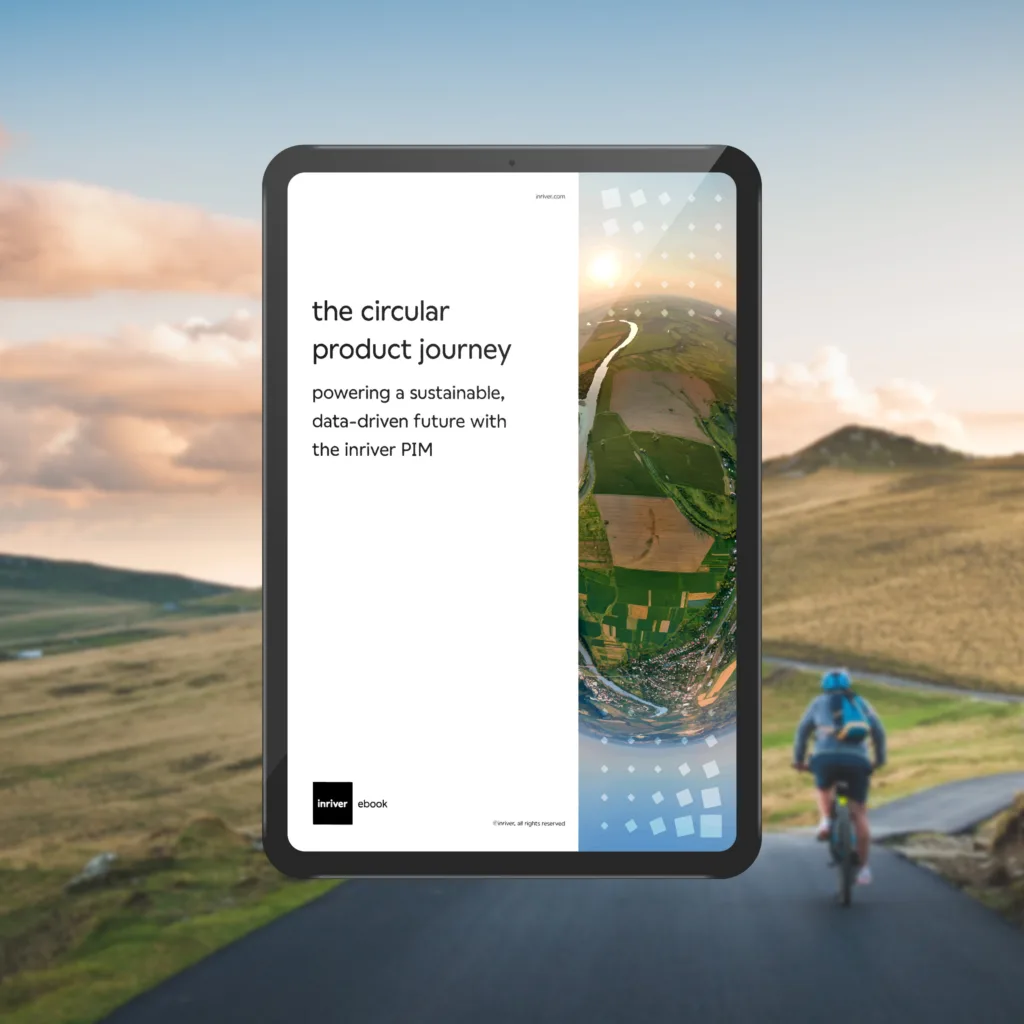How enterprise brands unlock end-to-end traceability of the supply chain
Equip your supply chain with connected data
Strengthen traceability across every tier of your operations. Get your personalized walkthrough of how Inriver supports end-to-end product and supply chain visibility.
Skip to:
- What is supply chain traceability?
- What is driving the urgent need for supply chain traceability?
- What are the operational and commercial benefits of mature traceability?
- What are the challenges of building upstream and downstream traceability?
- How do product and supply chain data form the foundation of traceability?
- How Inriver fuels the journey toward end-to-end traceability
- Advance your supply chain with connected, traceable data
- FAQs
Modern supply chains rely on networks of suppliers, contract manufacturers, and logistics partners that span multiple regions. Each handoff introduces data that affects product quality, safety, and compliance. Your ability to track and validate those movements determines how quickly you can confirm inputs, respond to disruptions, and meet regulatory obligations.
Transparency explains who is involved in producing your goods and where key steps occur. IBM describes it as the visibility that helps businesses and consumers understand how items are sourced and distributed.
Traceability advances this further. It verifies how materials and components progress through each tier, including the transformations that occur along the way. Without it, teams rely on assumptions instead of data, and critical gaps remain hidden.
In this article, you will learn how enterprise brands achieve end-to-end traceability, what is driving demand for stronger supply chain data, the operational barriers that slow progress, and how structured product information improves upstream and downstream visibility. You will also see how Inriver supports this shift with a product information model built for traceability at scale.
What is supply chain traceability?
Traceability is the capability to track the history, location, and movement of a product or component as it flows through your supply chain, from raw materials through manufacturing, distribution, reuse, or disposal. It creates a reliable record of how each step influences compliance, safety, quality, and operational performance.
How does it differ from supply chain transparency?
Traceability verifies how materials and goods move through each tier, supported by structured, auditable data.
Transparency focuses on who makes your products and where key activities occur.
Key benefits of supply chain traceability:
For consumers:
- Assurance of authenticity.
- Greater product confidence.
- More reliable claims.
- Higher trust in brands.
For businesses:
- Stronger compliance readiness.
- Faster issue resolution.
- Better supplier control.
- Lower operational risk.
What is driving the urgent need for supply chain traceability?
Enterprise supply chains face pressures that make accurate, tier-by-tier tracking essential. Four shifts are accelerating the need for stronger data and clearer visibility across every operation.
1. Complex multi-tier structures create traceability gaps
Distributed suppliers and subcontractors add steps that are often undocumented or inconsistently captured. These gaps make it harder to understand how materials move across your network and weaken the foundation needed for stronger supply chain resilience.
2. Disruptions and instability elevate operational risk
Geopolitical tension, fluctuating transportation capacity, and volatile material availability demand faster adjustments in sourcing and production. Forbes points out that relying on traditional tools or historical knowledge only provides a view of what has already happened. Companies need to shift toward accurate, real-time data to understand current conditions and react before issues escalate.
3. Regulatory pressure now spans upstream and downstream flows
Compliance requirements increasingly demand verifiable information on material origins, transformation steps, handling, distribution, and end-of-life activity. These obligations span sectors and regions, underscoring the importance of consistent, audit-ready product traceability.
4. Trace data must travel with the product across every tier
Product information cannot remain in isolated systems. It must move with each item as it progresses through suppliers, manufacturing, distribution, and retail. A connected data foundation supported by PIM ensures trace data stays accurate, current, and linked across the entire lifecycle.
What are the operational and commercial benefits of mature traceability?
Mature traceability delivers value across your supply chain, from day-to-day operations to long-term commercial outcomes. The table below outlines the benefits your teams can expect when product-level data is complete, connected, and verifiable.
| Operational benefits | Commercial benefits |
|---|---|
| Earlier detection of quality or sourcing issues | Stronger buyer and partner confidence |
| Faster supplier validation and issue resolution | More competitive bids and tenders |
| More accurate planning and production decisions | Better channel performance and fewer disruptions |
| Reduced risk during audits or regulatory checks | Greater assurance for circular or reuse models |
What are the challenges of building upstream and downstream traceability?
Enterprise supply chains face structural and data-related barriers that make end-to-end traceability difficult to achieve. These challenges often sit deep within supplier networks and disconnected internal systems.
1. Complex supplier ecosystems across multiple tiers
Supplier networks involve raw material providers, subcontractors, and region-specific partners. Many operate several tiers removed from your business, creating visibility gaps and inconsistent documentation.
2. Data siloes across internal systems
Product, supplier, and logistics information often reside on separate platforms. Manual updates and mismatched records break traceability and limit confidence in upstream and downstream data.
3. Incomplete or unverified product information
Many organizations lack reliable data on the origin, transformation, or handling of their data. Missing certificates, outdated specifications, and unclear ownership records complicate audits and weaken compliance readiness.
4. Upstream and downstream blind spots
Limited insight into raw material sourcing and end-of-line flows makes it difficult to confirm what happens before production or after distribution. Cross-border partners and regional processes widen these gaps.
5. Variability in regional and industry requirements
Different jurisdictions require different trace data, formats, and documentation. These inconsistencies increase the workload for compliance teams and make maintaining audit-ready records more complex.

How do product and supply chain data form the foundation of traceability?
Traceability works only when product and supply chain data are structured, connected, and governed from a single source. Every stage of the supply chain generates information that must link back to the correct product, creating the backbone of upstream and downstream visibility.
A strong PIM solution serves as this foundation. It unifies product information, maintains relationships between items and components, and prepares data for the systems and partners that depend on it. Supporting capabilities, including product syndication, Digital Shelf Analytics, and connected upstream/downstream data, help teams spot gaps early and act quickly.
Emerging requirements, such as Digital Product Passports (DPP) and other digital identifiers, rely on the same structure. They require accurate, structured data that can be shared across borders and partners, without breaking compliance expectations.
Upstream vs downstream traceability: What the data must support
| Upstream traceability needs | Downstream traceability needs |
|---|---|
| Material origin and supplier identity | Distribution paths and receiving partners |
| Transformation steps and process data | Handling requirements and channel readiness |
| Certifications, batch data, and compliance documents | Returns, refurbishment, and end-of-life records |
| Evidence of regional production requirements | Information needed for marketplaces, retailers, and regulators |
How Inriver fuels the journey toward end-to-end traceability
Inriver provides enterprise teams with a unified product data model that enables reliable traceability across suppliers, manufacturing, and distribution. The PIM software brings structure, governance, and speed to every stage of the product lifecycle, making traceability easier to execute at scale.
- Centralized product information
Keeps specifications, materials, components, and documentation in a single, governed model that remains consistent across teams and systems. - Structured links between products and suppliers
Connects product records to supplier inputs, certifications, and process activities so updates remain tied to the correct item. - Upstream data capture and change management
Records supplier adjustments, including materials, specifications, and compliance documentation, reducing blind spots across multi-tier networks. - Downstream syndication for channel accuracy
Ensures distributors, marketplaces, and retailers receive accurate, channel-ready product information to support consistent downstream traceability. - Analytics that surface gaps and exceptions
Highlights missing, inconsistent, or unexpected data so teams can act before issues affect audits, quality, or readiness. - Support for digital identifiers and DPP
Prepares your product information model for item-level visibility and future regulatory requirements tied to digital product identification.
Real-world results
Brunswick
Brunswick manages product information across more than 150 brands with data spread across multiple systems. Inriver centralizes this information into a single, governed model, eliminating siloed spreadsheets and inconsistencies. Teams and dealers now rely on accurate, unified product data that supports upstream and downstream visibility.
Jordan’s Furniture
Jordan’s receives product data from hundreds of vendors in different formats and levels of completeness. Inriver standardizes these inputs, centralizes product information, and reduces manual correction. This gives merchandising, logistics, and e-commerce teams cleaner data and improves visibility across the entire product flow.
Advance your supply chain with connected, traceable data
Traceability gives your business the clarity needed to act quickly across suppliers, production, and distribution. When your product data is structured and connected, you reduce risk, improve accuracy, and keep operations moving with confidence.
Inriver provides the data foundation to support traceability across every stage of the supply chain.
Schedule a personalized demo to see how Inriver accelerates traceability across your organization.
See the Inriver PIM in action
Inriver offers the most comprehensive PIM solution on the market, built for speed, scale, and complexity. Let an Inriver expert explain how the Inriver PIM can turn your product data flows into a sustainable revenue stream.
- Get a personalized, guided demo of the Inriver platform
- Have all your PIM questions answered
- Free consultation, zero commitment
Thanks for reaching out!
We’ll be in touch soon.
Please try again in a moment.
Supply chain traceability: Frequently asked questions
You may also like…
Powering sustainability with PIM
As the world moves towards a more circular future, the need for brands, manufacturers, and retailers to embrace sustainability has never been clearer. PIM plays a pivotal role in this push for sustainability, elevating data transparency to meet demands from consumers, regulators, and stakeholders across the entire product journey.
Brooke Cunningham
Former Chief Marketing Officer
As the former Chief Marketing Officer, Brooke was responsible for Inriver's end-to-end marketing strategy.
Read more


